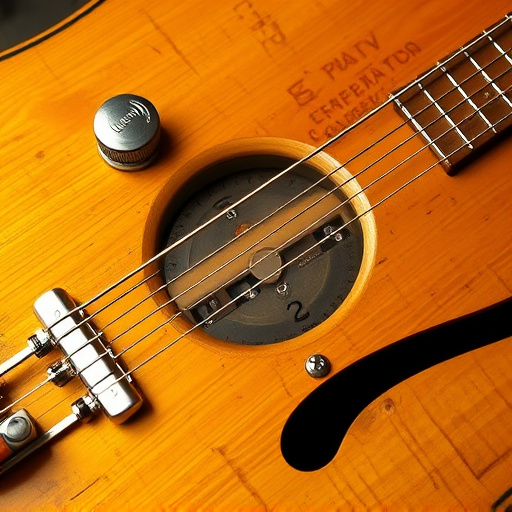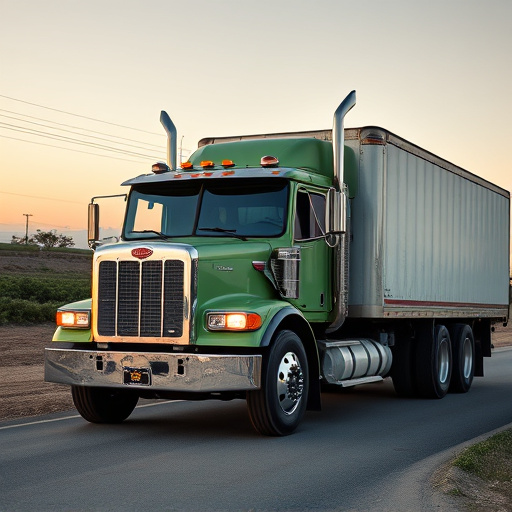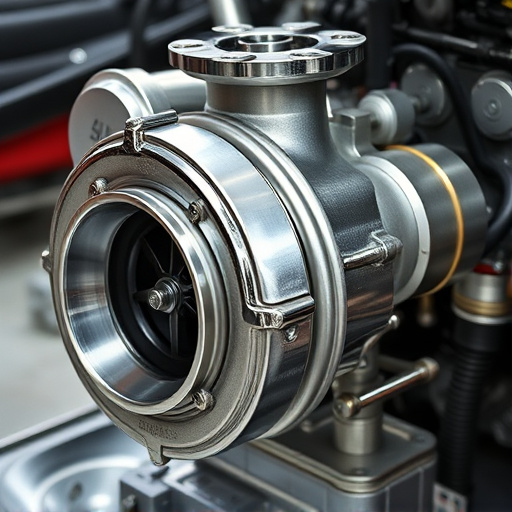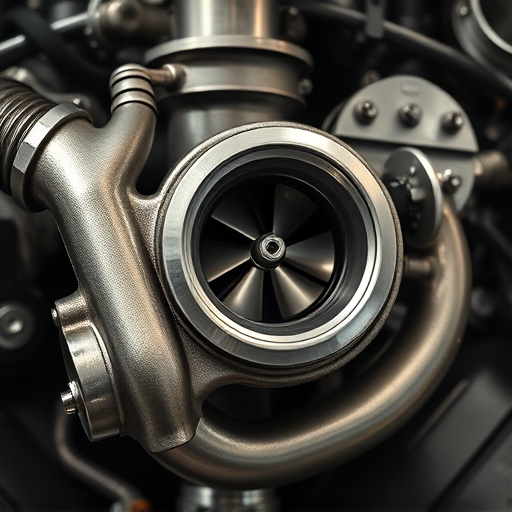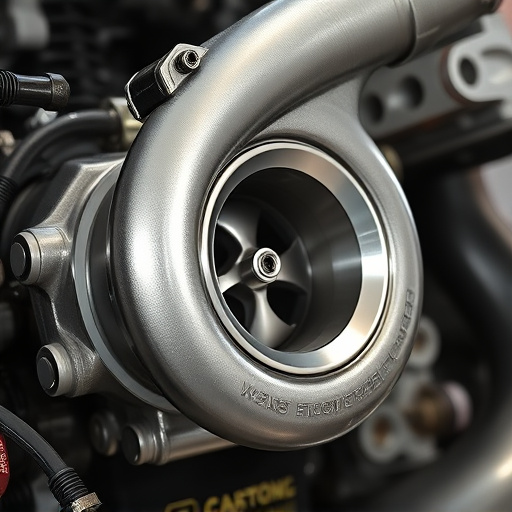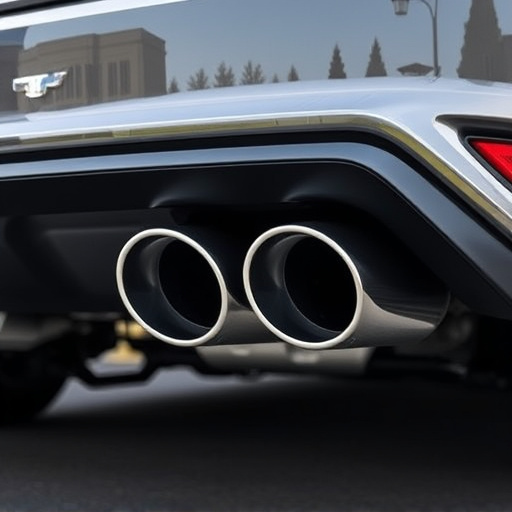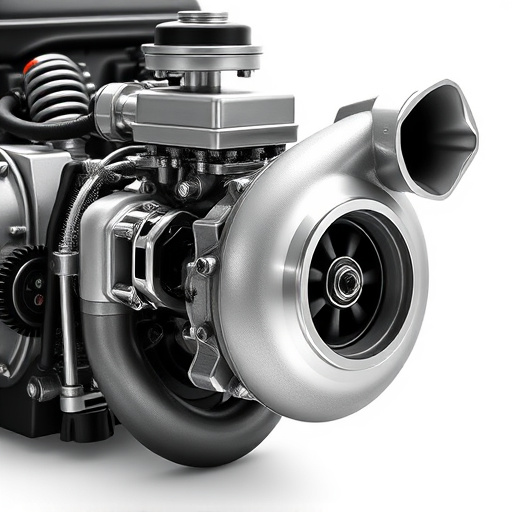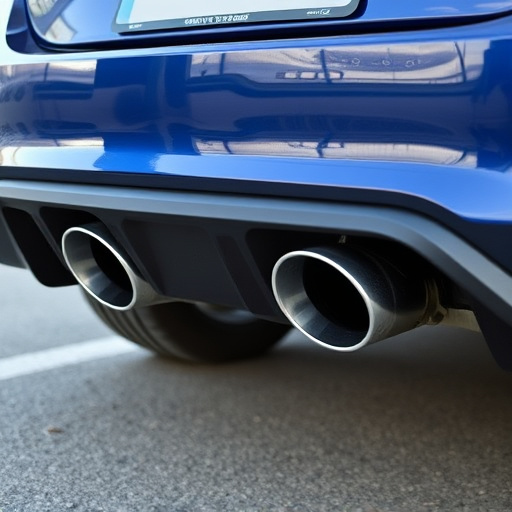Emission standards regulate pollutant levels in vehicles, requiring high-performance muffler intake parts to minimize exhaust leakage and optimize efficiency. Non-compliance leads to legal issues and environmental harm. Aftermarket suppliers offer compliant products like coilover kits. Correct muffler intake installation involves understanding vehicle specifics, using quality materials, integrating with suspension systems, and adhering to compatibility guidelines for make, model, and year. Steps include identifying requirements, gathering tools, replacing damaged components, removing old intakes, installing new gaskets and seals, aligning intakes, securing them firmly, and test-fitting air filters.
In today’s strict environmental regulations, understanding muffler intake installation that meets emission standards is paramount for vehicle owners and mechanics alike. This comprehensive guide delves into the essentials of navigating these standards, highlighting the significance of choosing the right components for optimal performance. From understanding regulatory requirements to a step-by-step fitment process, this article ensures a secure and efficient muffler intake installation, fostering both ecological balance and vehicular efficiency.
- Understanding Emission Standards for Muffler Intakes
- Choosing the Right Components for Installation
- Step-by-Step Guide to Secure and Efficient Fitment
Understanding Emission Standards for Muffler Intakes
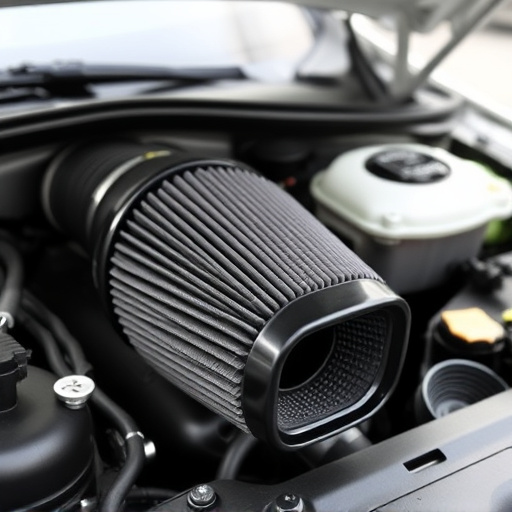
Emission standards play a critical role in ensuring that muffler intake installations meet environmental and safety regulations. These standards govern the allowable levels of pollutants, such as carbon monoxide, nitrogen oxides, and particulate matter, emitted by vehicles during operation. For muffler intakes, compliance involves selecting components that minimize exhaust gas leakage and optimize combustion efficiency. High-performance parts, including advanced catalytic converters, flow-optimized mufflers, and precisely calibrated sensors, are often integral to achieving these standards.
Understanding these regulations is crucial for anyone undertaking a muffler intake installation. Mechanics and DIY enthusiasts alike must familiarize themselves with the specific emission standards applicable to their region. Failure to meet these standards not only risks legal penalties but also contributes to environmental degradation. Fortunately, many aftermarket suppliers offer products designed explicitly to facilitate compliant muffler intake installations, including coilover kits that enhance performance while maintaining regulatory adherence.
Choosing the Right Components for Installation
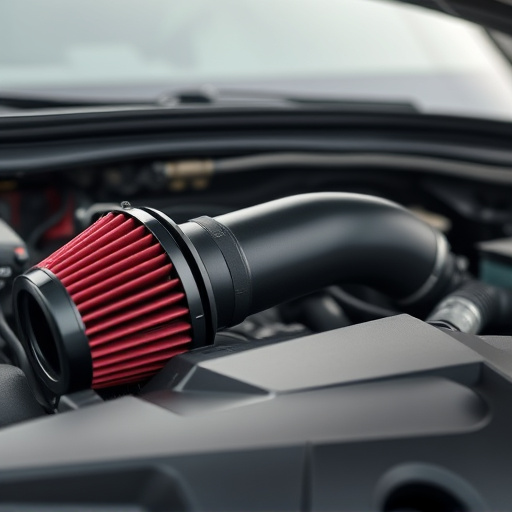
When undertaking a muffler intake installation, selecting the appropriate components is paramount to ensure compliance with emission standards and optimal vehicle performance. The right muffler and intake system should be tailored to your specific vehicle model, taking into account factors like engine size, power output, and exhaust gas composition. High-quality materials are essential; they not only withstand the rigors of everyday driving but also contribute to maintaining strict emission controls.
Choosing components that integrate seamlessly with your vehicle’s existing suspension kits and brake components is equally important. Modern muffler intake systems often incorporate advanced engineering to reduce noise pollution, improve fuel efficiency, and enhance overall drivability. This involves meticulous design to accommodate various configurations, including the careful selection of materials for both the exhaust system and air intake components, ensuring they can withstand extreme temperatures and pressures while maintaining structural integrity.
Step-by-Step Guide to Secure and Efficient Fitment
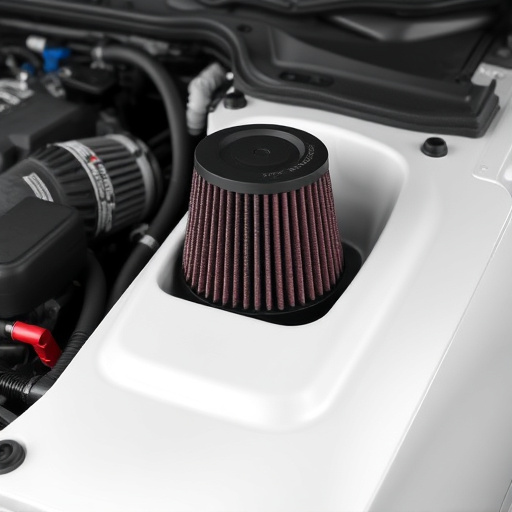
To ensure a secure and efficient muffler intake installation that meets emission standards, follow this step-by-step guide. Begin by properly identifying your vehicle’s requirements and compatibility. Check your vehicle’s make, model, and year to get the correct parts designed for optimal fitment. Next, gather all necessary tools, including wrenches, sockets, and any specialized equipment recommended for your specific muffler intake system.
Before installation, inspect the existing exhaust system for any damage or wear and replace faulty brake components, such as worn-out brake pads, to ensure safety and performance. Remove the old muffler intake and carefully clean the mounting surfaces. Install new gaskets and seals, ensuring a tight fit to prevent leaks. Align the muffler intake with the engine bay’s specifications and secure it firmly using the appropriate bolts or fasteners. Finally, test-fit performance air filters for optimal airflow before sealing them in place.
When it comes to muffler intake installation, ensuring compliance with emission standards is paramount. By understanding these regulations and selecting the appropriate components, you can achieve a secure and efficient fitment that promotes environmental compliance without compromising performance. This step-by-step guide provides a solid foundation for successful muffler intake installations, allowing you to navigate the process with confidence while adhering to modern emission standards.

